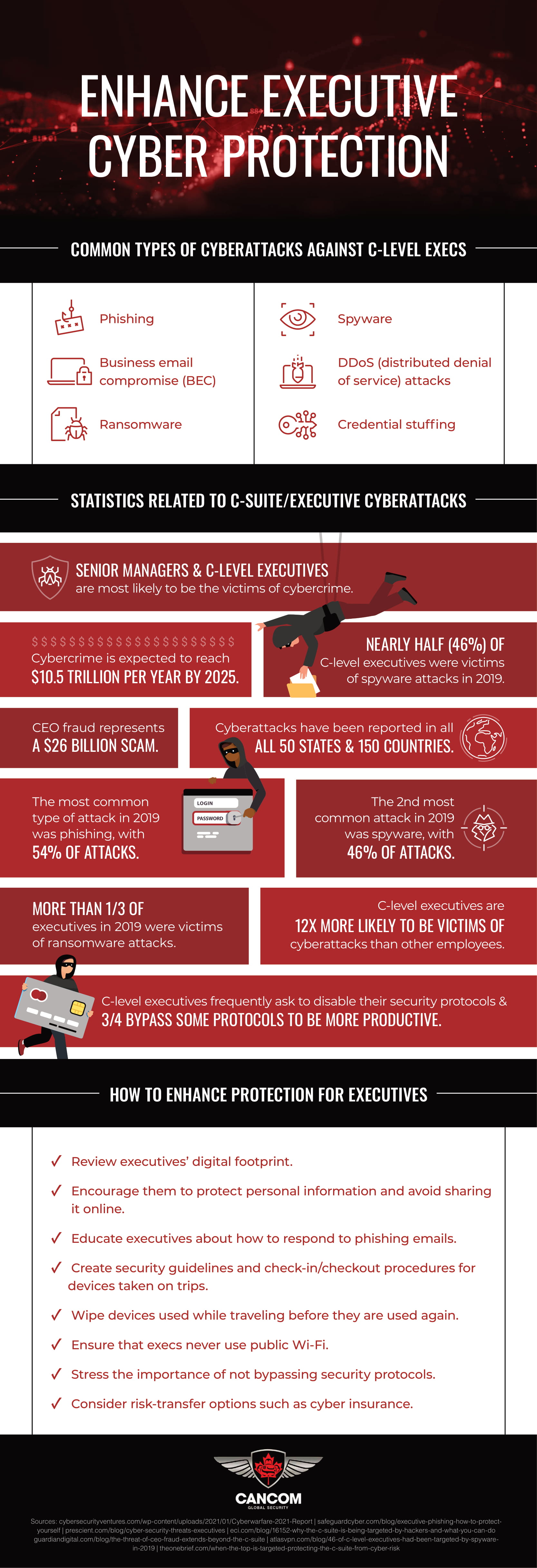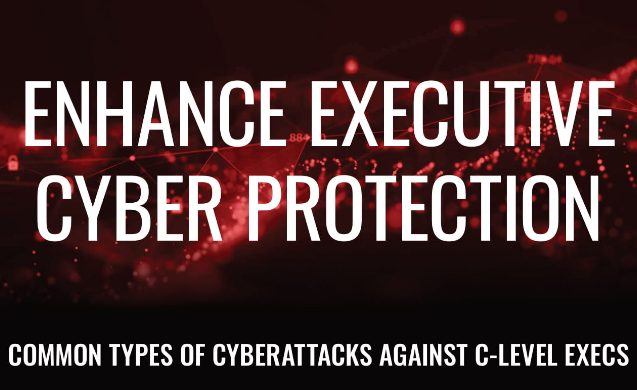Cybersecurity has become one of the most important aspects in ensuring an organization’s success. As business owners and managers have come to understand, these targeted attacks can look incredibly innocent, but can result in an organization’s data being put into jeopardy. Believe it or not, within the past year, the amount of cybercrime (including phishing, ransomware, identity theft and fraud) has seen a 600% increase.
Just how impactful has this increase been, though? Well, these web-based attacks and malware have been known to cause serious dents in an organization’s wallet. On average, organizations will spend upwards of $2.4 million dollars to defend themselves. Those organizations that still manage to be infiltrated despite this security have reported their data being inaccessible for a week minimum.
The amount of vulnerability organizations have to these attacks is staggering. Nearly half of all information technology professionals have indicated that their organizations are vulnerable to ransomware and other attacks despite the efforts made by their organization. With nearly 75% of organizations that do fall victim to these attacks having up-to-date protection, the question becomes: what more can these organizations do to protect themselves?
Identifying the major threats and targets of these attacks is a great place to start. Executives and other high-tier members of organizations are often the most commonly targeted in regards to these attacks. Namely because they have so much access to an organization’s most sensitive data. Accessing this data could put an entire organization at risk, meaning prioritizing the security for these executives should be top priority.
Prior to establishing this security, it’s imperative to assess the channels in which an executive’s data might be being spread. Consider the number of social media or networking channels that these executives use. Just how personal is the information being shared on this network? Because the amount of information is only as important as the context of that information. Attackers may target an executive strictly based on how vulnerable they believe he or she is based on the information available to them. Encouraging these executives to reduce the amount of information they share online is best when trying to combat these attacks.
Equally as important, though, is properly educating executives regarding these types of cyberattacks. Phishing messages may appear to be obvious, but even the most sophisticated or tech-savvy individual can overlook the signs every so often. Educating these executives regarding the signs and tells of these types of messages and attacks is imperative. Encourage them to slowly scan their mailboxes and avoid clicking through on any link in a suspicious e-mail. Deleting any e-mail from a sender outside of their contact list with strange wording or phrasing is also suggested. Most importantly, though, always remind these executives to avoid sharing any of their personal information over an e-mail or phone call.
For more information regarding how to improve an executive’s outlook on cybersecurity in addition to strategies to keeping your organization safe from these attacks, be sure to check out the infographic accompanying this post. Courtesy of Cancom Global Security.




